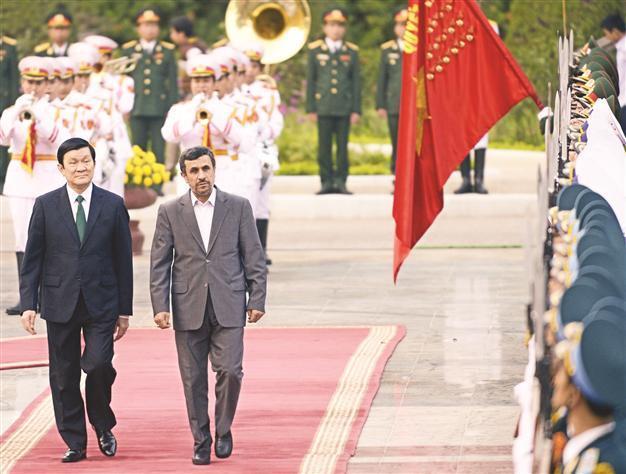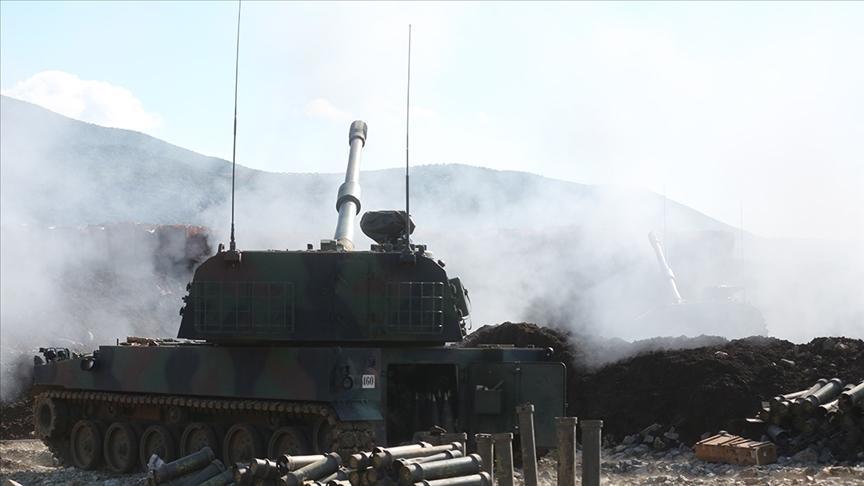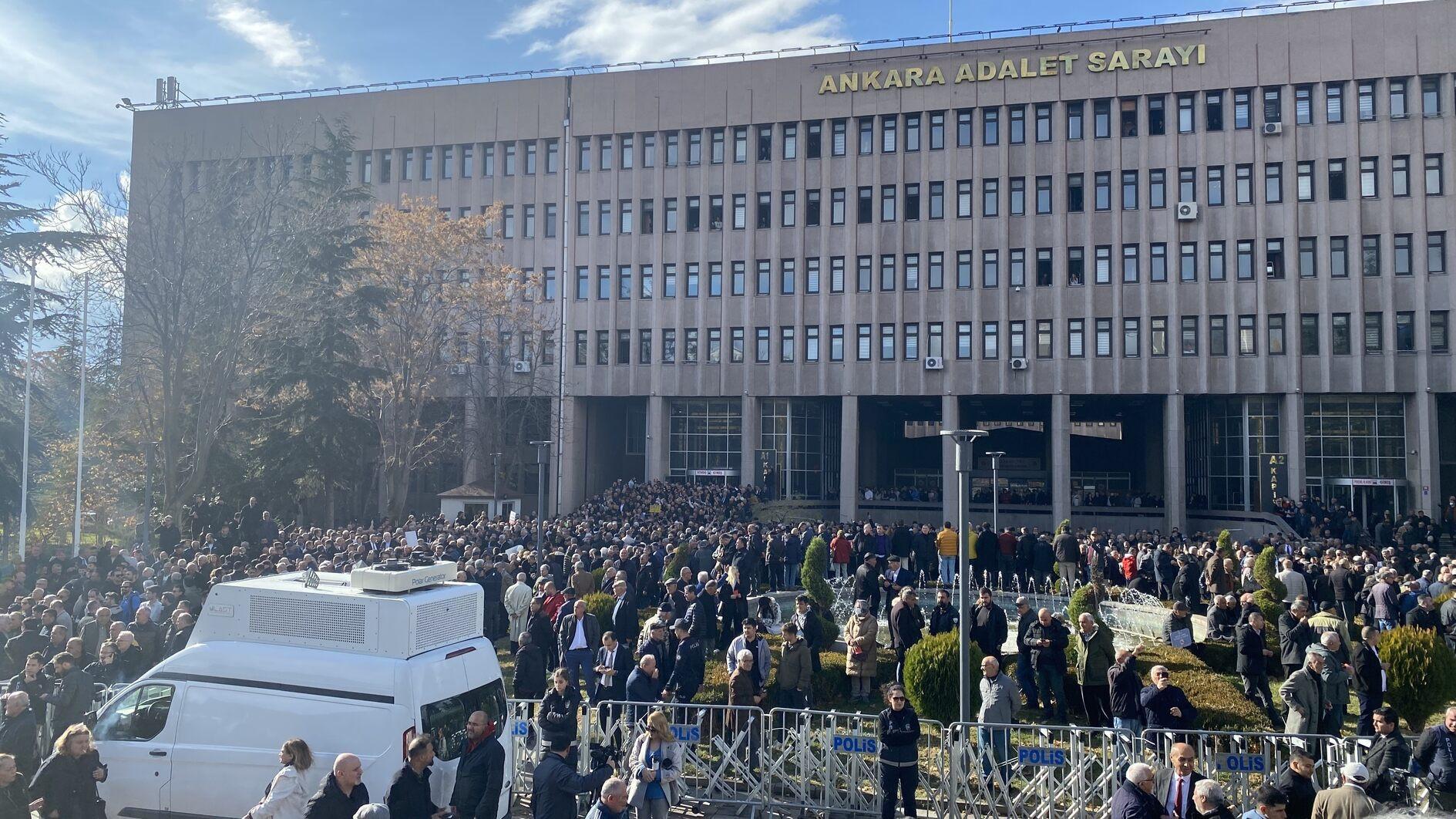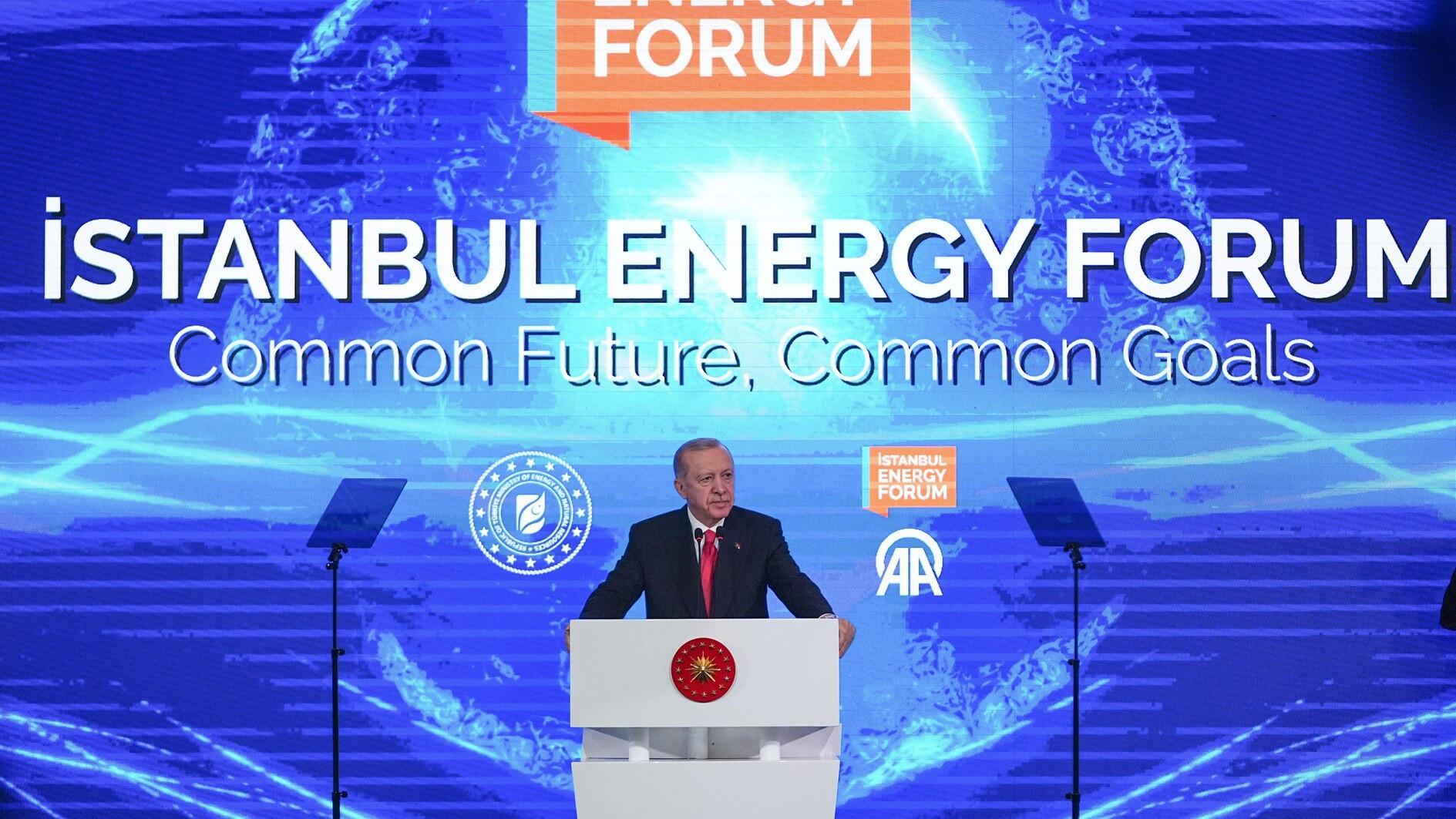Iran’s first fire on US drone raises tension
WASHINGTON / TEHRAN

Visiting Iranian President Mahmoud Ahmadinejad (R) and Vietnamese President Truong Tan Sang attend a welcoming ceremony in Hanoi. A MQ-1 Predator (inset) was targeted by two Iranian jets last week, Pentagon says. AFP photos
A strike by Iranian fighter jets on an unarmed U.S. Predator drone last week, the first such incident ever, did not succeed in downing the drone but did further increase the tension between the two countries.The incident, confirmed by the Pentagon on Nov. 8, occurred on Nov. 1, less than a week before the U.S. presidential election, but the Pentagon had kept it quiet until reports of the confrontation leaked out, Agence France-Presse reported. “They intercepted the aircraft and fired multiple rounds,” spokesman George Little told a news conference. The Su-25 Frogfoot fighters, much faster than the slow-moving turboprop drone, fired at least twice and made two passes, he said.
Confirmation from Iran
Iran’s defense minister confirmed the strike. “Last week an anonymous plane entered the space over the territorial waters of the Islamic Republic of Iran in the Persian Gulf area which, due to the timely, clever and decisive action of our armed forces, was forced to flee,” Ahmad Vahidi was quoted on ISNA as saying. “This instance and others before show that the Islamic Republic of Iran has the needed vigilance to monitor all movements and takes decisive and timely actions.”
The MQ-1 drone was pursued further by the Iranian warplanes but was not fired on again, Pentagon spokesman said. The Predator later returned safely to an unspecified military base in the region following the incident. The intercept was the first time Tehran had fired at an unmanned U.S. aircraft in their 33 year stand-off, Reuters reported. The U.S. military drone was “never in Iranian air space” and came under fire from the fighter jets off the Iranian coast over international waters, Little said. The robotic Predator aircraft was conducting “routine surveillance.”
“The United States has communicated to the Iranians that we will continue to conduct surveillance flights over international waters over the Arabian Gulf consistent with longstanding practice and our commitment to the security of the region,” he said. In a warning to Tehran, the Pentagon spokesman said the U.S. was fully prepared to safeguard its forces. “We have a wide range of options - from diplomatic to military - to protect our military assets and our forces in the region, and we will do so when necessary,” Little said.
The confrontation threatened to derail diplomatic efforts to defuse a mounting crisis over Tehran’s nuclear program.
A new round of talks between Iran and the International Atomic Energy Agency (IAEA) are planned to be held in mid-December in Tehran, diplomatic sources said on Nov. 9. The last round of talks took place in August.
















